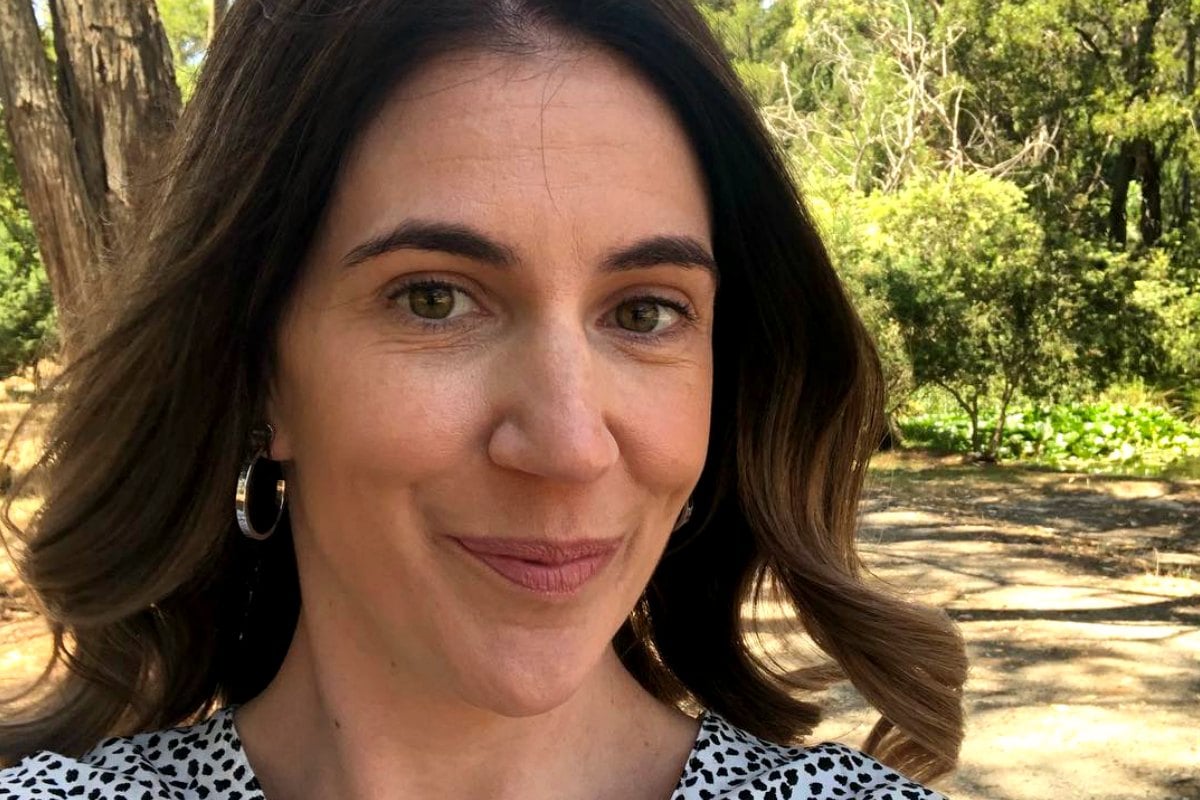
Life is a funny thing sometimes. I mean, you would never think, as a teenager, sitting around a campfire at a country party, drinking UDLs, singing 90s pop songs at the top of your lungs with your best friend, without a single care in the world, that 20 years later you will be in a hospital oncology department sitting next to that same friend as she has her chemotherapy treatment for breast cancer.
I guess ‘funny’ probably isn’t the right word.
But true friendships often find themselves in situations like these, in places you never thought you’d be and most definitely never wanted to be found in. And like most things in life, these situations teach you something, or in this case so many things.
Briony Benjamin survived cancer. This is what she wants you to know about getting the worst news of your life. Post continues below.
I offered to go to one of *Laura’s chemo treatments not long after she was diagnosed. I knew from another close friend who is also battling the same form of breast cancer that having support people – and different support people – with her at the treatments was important. It was important for her but also for them, having a rotating roster of support people was helpful, as having chemo is difficult but so is being a support person for someone who has cancer.






























































































